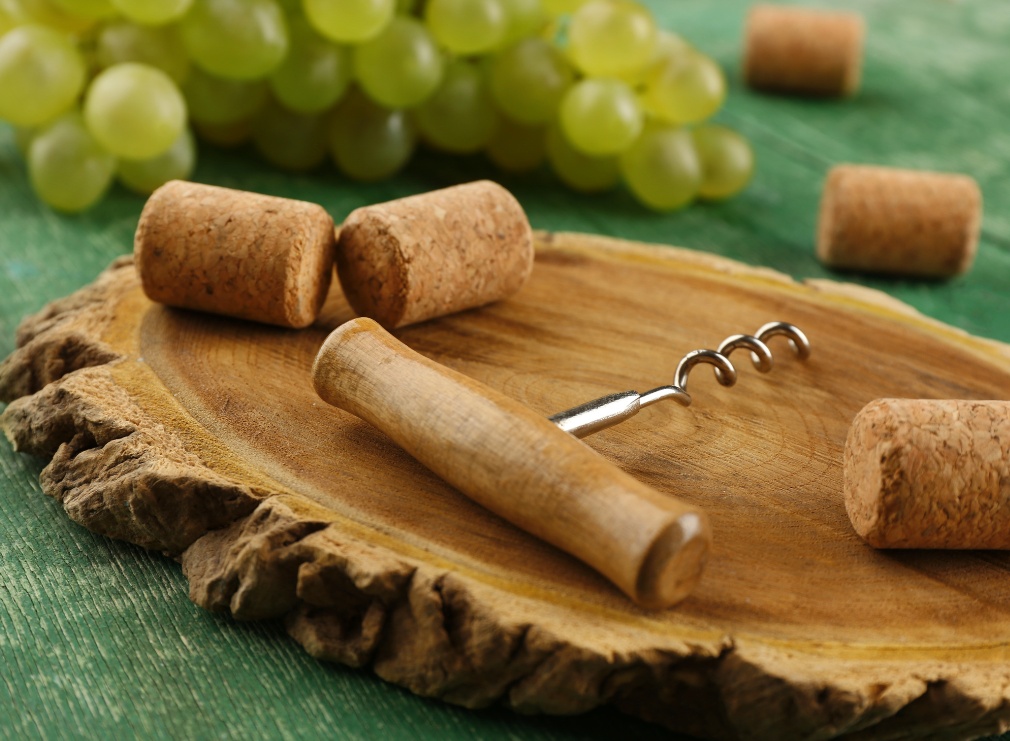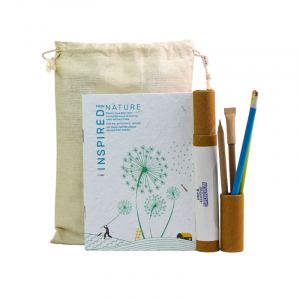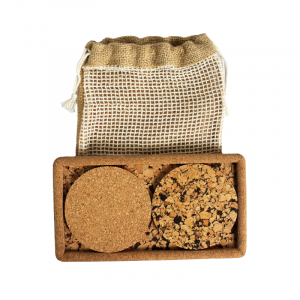Cork Products

Cork is a natural material used by humanity for over 5000 years. It is a material whose applications have been known since antiquity, especially in floating devices and as stopper for beverages, mainly wine, whose market, from the early twentieth century.
COMPRESSIBILITY A cubic inch of cork can withstand as great a pressure as 14,000 lbs. per square inch without breaking, and retains 90% of its original form after the pressure is released. Less or more normal pressure increase return to original form from 97% to 100%.
RESILIENCY Because heavy pressure does not break down or destroy the tiny air cells, but compresses the air within the cells, the cork begins to spring back when the pressure is removed. A roll or sheet of composition cork can be compressed in one direction without losing its dimensions in the other direction. This is of great importance for many applications of composition cork.
RESISTANCE TO MOISTURE AND LIQUID PENETRATION While cork is not completely impervious to moisture penetration, its cellular structure gives it a high resistance to penetration by water which with the addition of the proper binder can be proofed.
FRICTIONAL QUALITY Cork is a highly frictional material, both in its natural form as well as in cork composition. Even when wet or coated with oil or grease, cork retains this quality which surpasses that of leather, rubber, and many other products used for frictional or non-skid purposes.
LOW THERMAL CONDUCTIVITY Next to a vacuum, a “dead” air space minutely divides one of the most efficient non-conductors of heat. The cell construction of cork provides this property for which cork is so famous.
ABILITY TO ABSORB VIBRATION Cork, with its 200 million air cells per cubic inch; of which 50% is air, essentially acts as an “air cushion”, absorbing vibrations and direct impacts. It’s a great acoustic material for floors, walls and ceilings. Great for soundproofing.
STABILITY Cork is a tough, durable substance with remarkable capacity for retaining its initial properties wherever recommended. The high degree of stability under varying conditions is paramount to the continuing success and use of cork in the world today.


